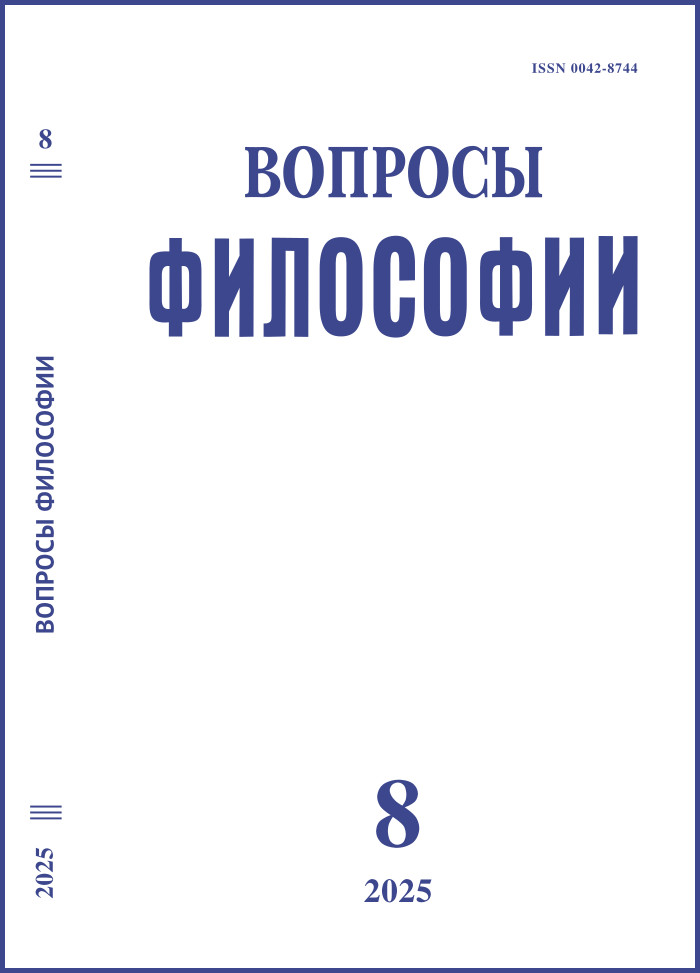The Influence of Thomas Traherne on the Philosophy of Herbert Read
DOI:
https://doi.org/10.21146/0042-8744-2025-8-145-153Keywords:
Herbert Read, Thomas Traherne, English philosophy, 17th century theology.Abstract
The article examines the influence of the 17th-century religious thinker and poet Thomas Traherne on the philosophy of Herbert Read. The focus is on one of Traherne’s works, Centuries of Meditations (1674, published 1908), since it had the greatest impact on Read. The author of the article identifies two main vectors of this influence: the sense of glory, which became Read’s intellectual and moral guide, and childhood experience, referring to genuine reality. Traherne’s two most important intuitions – infantile innocence, endowed with special knowledge-vision (embodied in the image of the “Infant-Ey”), and the sense of glory as the main principle of his rational mysticism – become the connecting thread between Traherne’s work and Read’s philosophy. Already in Read's first autobiography of 1933, one of his central concepts appears – “innocent eye” – which is comparable to Traherne’s concept of “Infant-Ey”. Read calls the experience of childhood the only real experience, and all subsequent, adult life – an echo of that life with innocent sensitivity. This is consonant with Traherne’s ideas that it is the infant state that is related to the transcendent and universal. It is important to note that Traherne emphasizes not only the innocence and purity inherent in a small child, but also the special knowledge that is revealed to him. This understanding is also characteristic of Read’s philosophy. Along with the concept of “innocent eye”, the concept of the sense of glory (Read interprets it as the delight of involvement in the beauty and mystery of the universe) becomes fundamental in the philosophy of Herbert Read.

